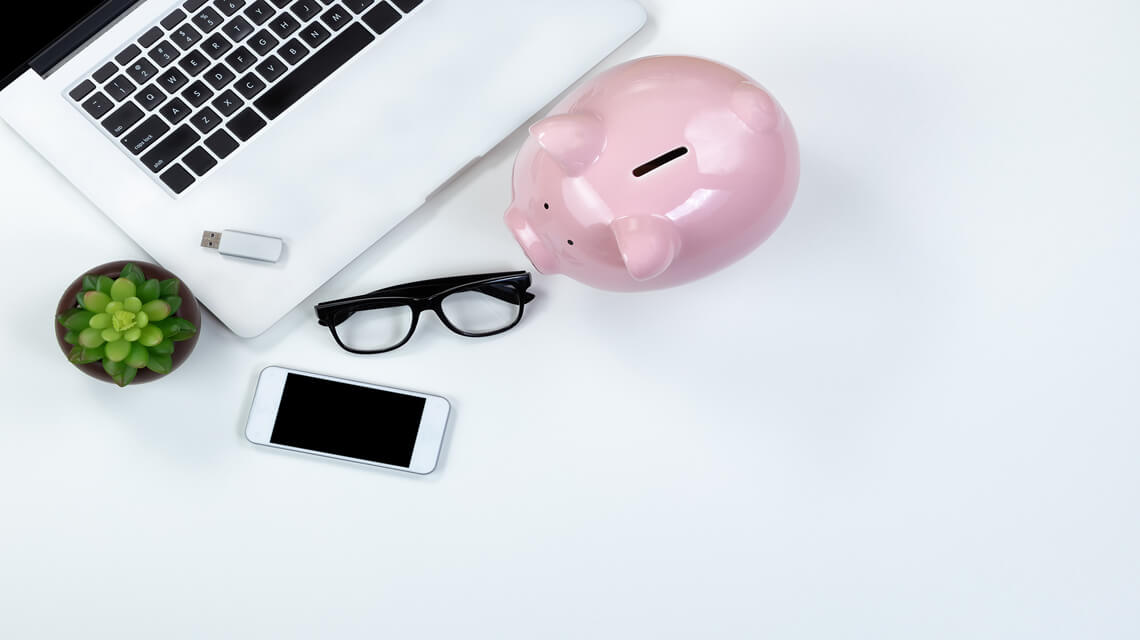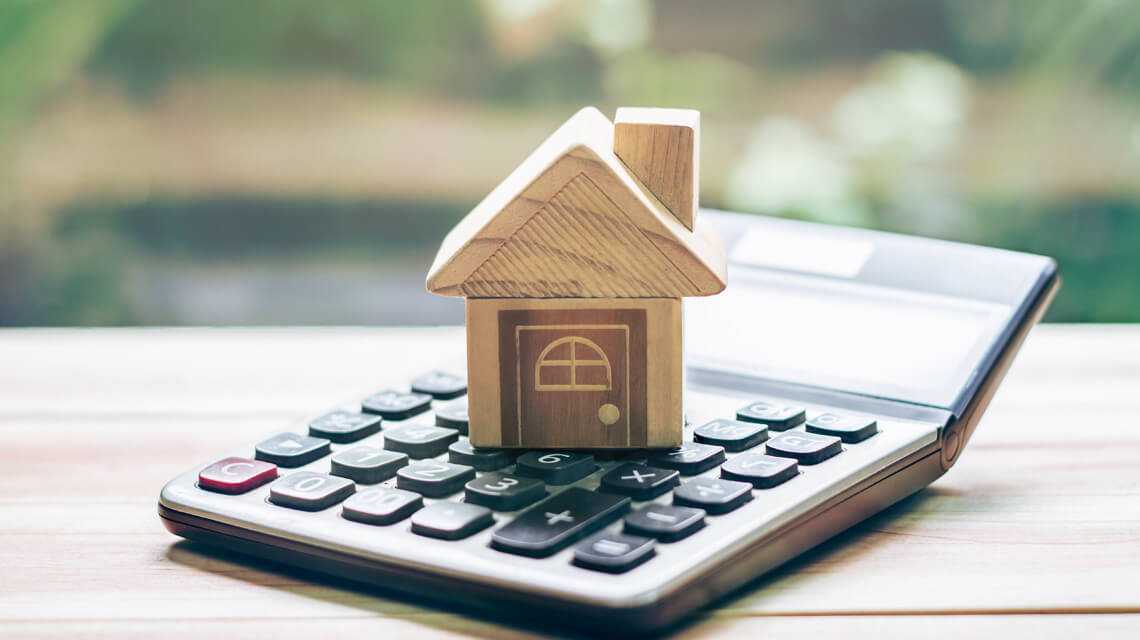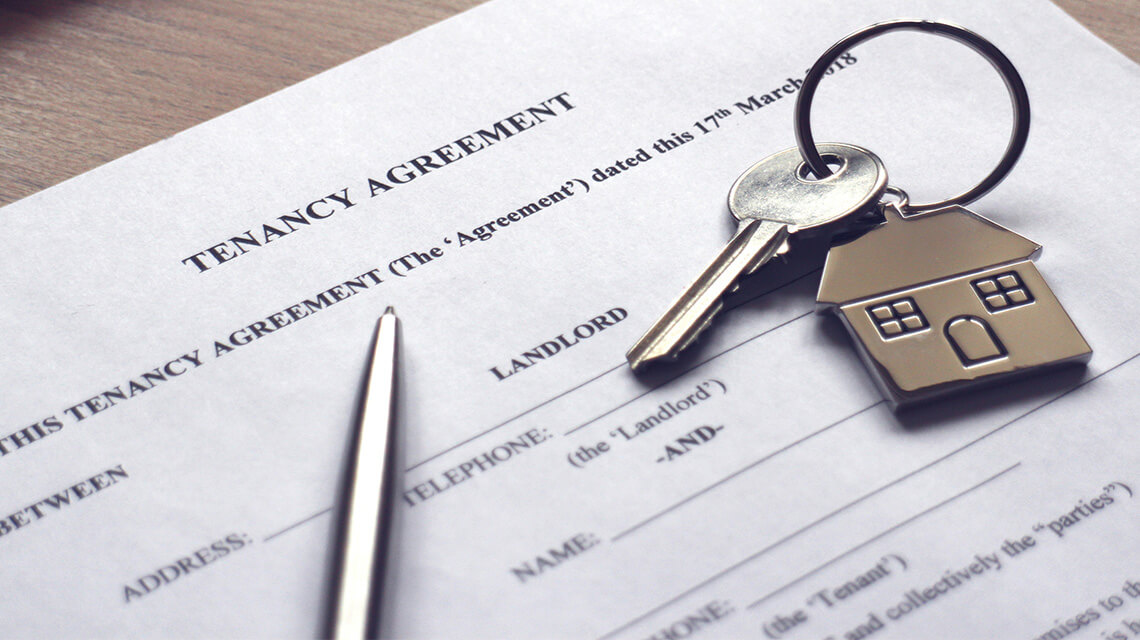When making a Buy-to-Let investment, you’ll need to know the current and future tax obligations you face as a landlord, from Stamp Duty to Rental Income and Capital Gains Taxes.
This guide explains the taxes you’ll expect to pay as a Buy-to-Let investor.
Buy-to-Let Stamp Duty
When you purchase a Buy-to-Let property, you’ll need to pay an additional 3% on top of the standard Stamp Duty rates. HMRC calls this charge the ‘Higher Rates on Additional Dwellings’ or ‘HRAD.
An exception to this rule is if you’re a first-time buyer intending to let your property. In this instance, you will pay the standard rate of Stamp Duty.
Use our Stamp Duty Calculator to determine how much Stamp Duty Land Tax you'll pay on a Buy-to-Let property.
Rental Income Tax
As a landlord, you’ll need to pay rental income tax on the profit you make from any rental properties you own. Tax is due on your net profit, i.e., your rental income (or combined rental income), less any associated expenses or allowances.
Allowable expenses that a landlord can claim include:
- Utility charges which your tenant may not pay separately (council tax, water, gas and electricity)
- Removal and replacement of ‘domestic items’ (subject to conditions)
- Payments to the freeholder - ground rents and service charges
- Letting agency fees
- Landlord insurance
- Accountant’s fees.
You will be required to apportion your expenses if you rent your property for part of the year or if you rent out only part of your home.
Your rental income gets added to your employment income and any other income you might earn. The combined total will determine the tax band at which your rental income tax is charged.
Rental income tax is due annually, as per the tax year, which runs from 6 April to 5 April the following year, by filling in a self-assessment tax return.
Capital Gains Tax
When you go on to sell your Buy-to-Let property, the sale will be subject to capital gains tax (CGT). This tax is charged on the profit (gain) you make when selling the property, i.e., the difference between the property’s buying and selling price.
There is an annual tax-free capital gains allowance, known as the annual exempt amount, of £12,300. Profits over this allowance are charged at a rate of 18% for basic-rate taxpayers, increasing to 28% for higher-rate taxpayers.





